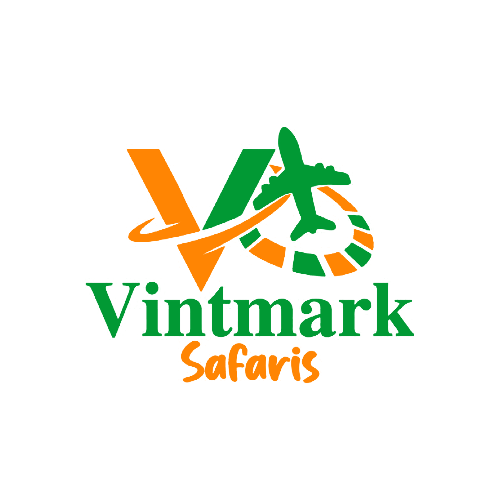Introduction to Selous Game Reserve
The Selous Game Reserve, a vital wildlife sanctuary in Tanzania, is renowned for its abundant populations of lions, African leopards, Tanzanian cheetahs, and the annual movement of various wildlife, including zebras, Thomson’s gazelles, and wildebeests, during the dry and wet seasons. This migration, akin to the Great Migration of the Masai Mara, occurs within the reserve, offering a spectacular sight for visitors.Entry Fees for Non-Residents
– Peak Season (June to October): Non-resident adults are required to pay USD 200 per day, while children and students are charged USD 50 per day.
– Low Season (November to May): During this period, non-residents are charged USD 100 per day for adults and USD 50 per day for children/students.Entry Fees for Residents and Tanzanian Citizens
– Peak Season: Tanzanian residents and citizens are charged TZS 30,000 for adults and TZS 10,000 for children/students.
– Low Season: Adults pay TZS 10,000, while children/students continue to pay TZS 10,000.Camping Fees
For visitors interested in overnight stays, camping fees vary depending on residency status and the chosen campsite (public or private). Notably, private campsites require a booking fee of TZS 100,000.Vehicle and Other Fees
– Vehicle Entry: Charges for vehicle entry depend on the seating capacity, ranging from TZS 400 for vehicles with fewer than 6 seats to TZS 5,000 for those with 45 seats and above.
– Ranger Fees: Game drives lasting over 6 hours incur a fee of TZS 3,000, while shorter drives and full-night camp security have their respective charges.Payment Modes
Entrance fees can be paid in cash (US Dollars or Tanzanian Shillings) at the entry gates. However, for the western section of the reserve, particularly the Mara Triangle – Mara Conservancy area, only cashless payments (Visa/Mastercard or Mpesa Mobile Money) are accepted. Cashless options are also available at other entry gates, including those at Sekenani and Talek.Additional Notes
– The revision of park fees is aimed at accommodating the rising costs associated with the conservation and management of the reserve, highlighting visitors’ dedication to its sustainability.
– Visitors are advised to carry identification and proof of residence to benefit from reduced resident rates and ensure compliance with park regulations, enhancing safety and enjoyment for all.








